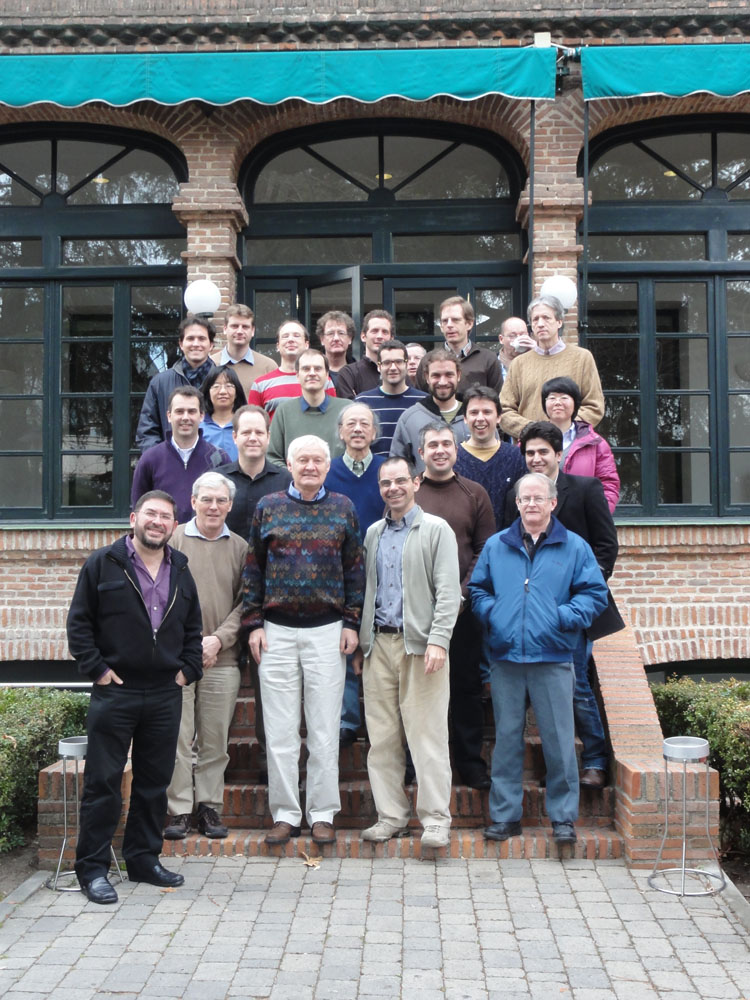Spain joins Instruct
In the last two years Instruct has given academic and commercial scientists across Europe access to a full portfolio of integrated technologies, thanks to the collaboration of fifteen of Europe’s leading structural biology research institutes. Today, June 3rd, Instruct is pleased to welcome Spain as a new Instruct member state. Spain joins nine countries that
Instruct Initiative users meeting, Valencia 2013
As we previously announced in this web site, Spain formally joined Instruct at a signing ceremony coinciding with the First Biennial Structural Biology Meeting in Heidelberg on the 24th of May 2013. This meeting will take place as a session of the XIII International Congress of the Spanish Biophysical Society in Valencia (Spain) next week
I2PC is attending the First Instruct Biennial Structural Biology Meeting held in Heidelberg, May 22nd-24th
Some pictures from the first and second days of the First Instruct Biennial Structural Biology Conference held in Heidelberg.
Xmipp Workshop in Martinsried, March 12nd-13rd
The Workshop covers the details of the Xmipp software package that is used for reconstructing 3D maps from a set of randomly oriented particle images. The majority of the workshop consists of hands-on sessions designed to familiarize the attendees with the public-domain Xmipp software. More information
CTF Estimation Challenge
The CTF Estimation Challenge will be run from March 1st to July 15th as a collaboration between researchers, rather than a competition. Each challenger commits to submitting a manuscript to the next I2PC workshop summarizing the method used and results, and later to sharing the results with the community, such that we can foster a
FluoJ
Fluorescence microscopy image analysis is different for each sample but there are usually a common set of steps in the analysis workflow such as image preprocessing, segmentation, specimens characterization and classification. In FluoJ user configures this steps for each sample and trains the classifier (optional) in order to do automatic image processing and classification. This
PeppeR new release: 1.11.02
A new version of the DAS client for 3D-EM, PeppeR, has been released. PeppeR is the annotation browser for macro-molecular structures that allows to display Hybrid models. These models are obtained by fitting the atomic cordinates derived from X-ray cristallograpgy or NMR; into the 3D volume maps obtained by Electron microscopy. More details can be

I2PC Developer Workshop
The first I2PC Developer Workshop will take place in Madrid, 6th and 7th of February. The main objective is to standardize information exchange in Single Particles as well as to start a dynamic of algorithm benchmarking in the field. Concrete conclussions on data interchange were reached and a first benchmarking challenge was issued to the
3D Electron Microscopy Benchmark Web
3DEM Benchmark website, a joint initiative of the National Institute of Bioinformatics (INB) and the INSTRUCT Center for Image Processing in Microscopy, has been develop to foster the development of new advanced methods in the area of image processing in Structural Biology. To this end we provide a robust computational infrastructure capable of supporting the